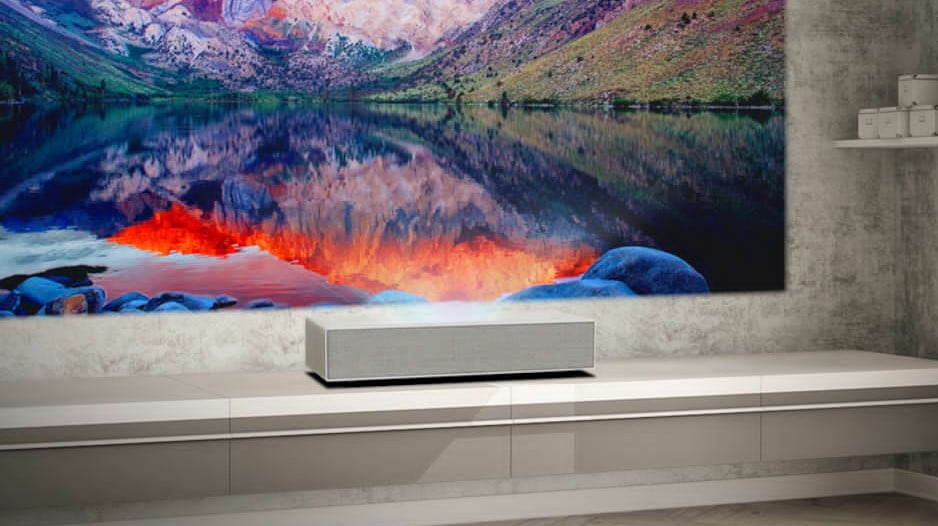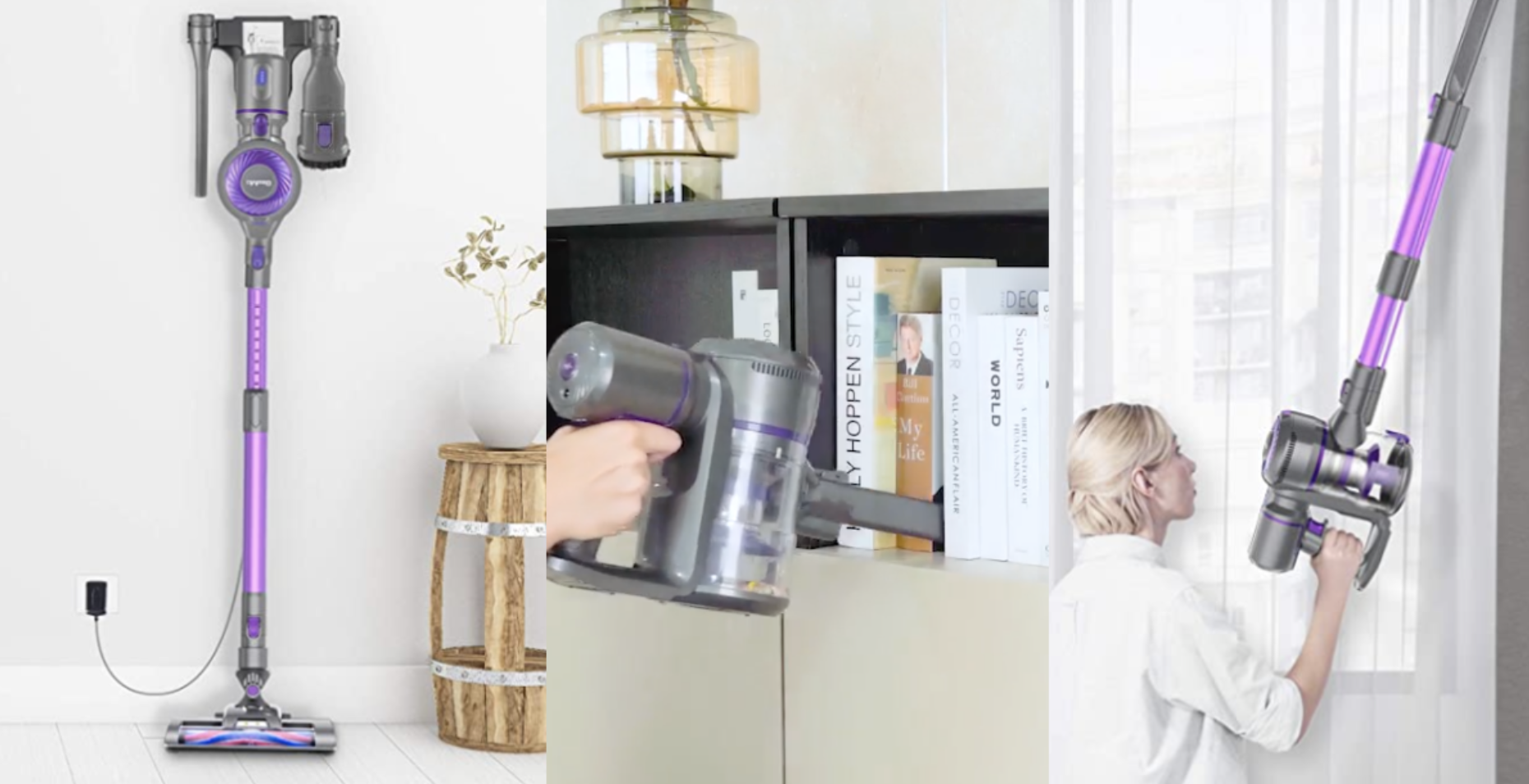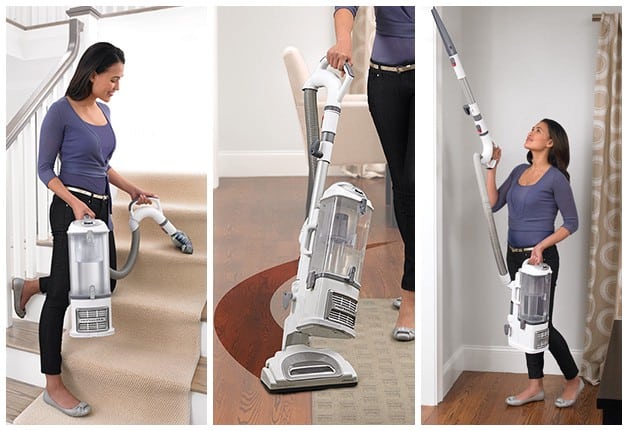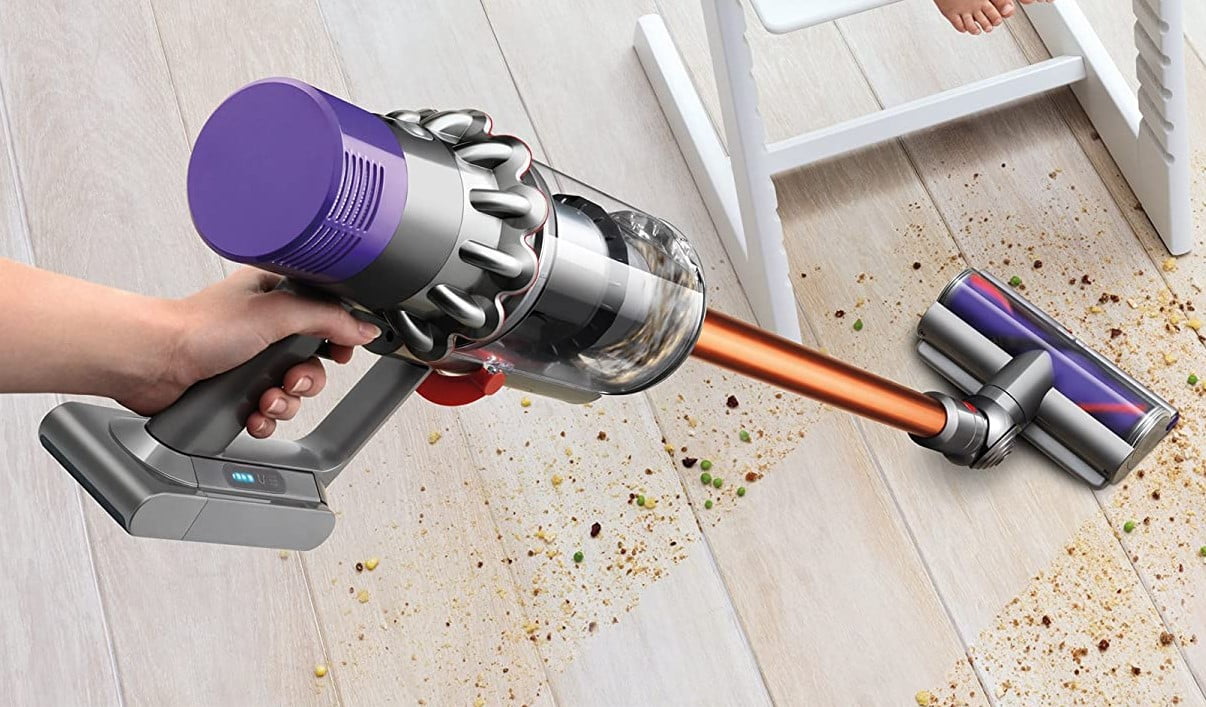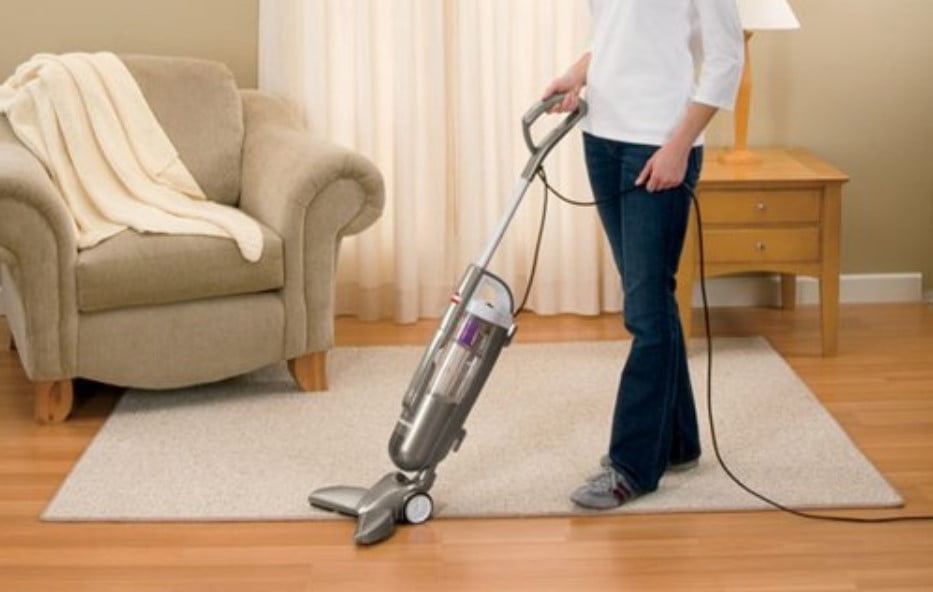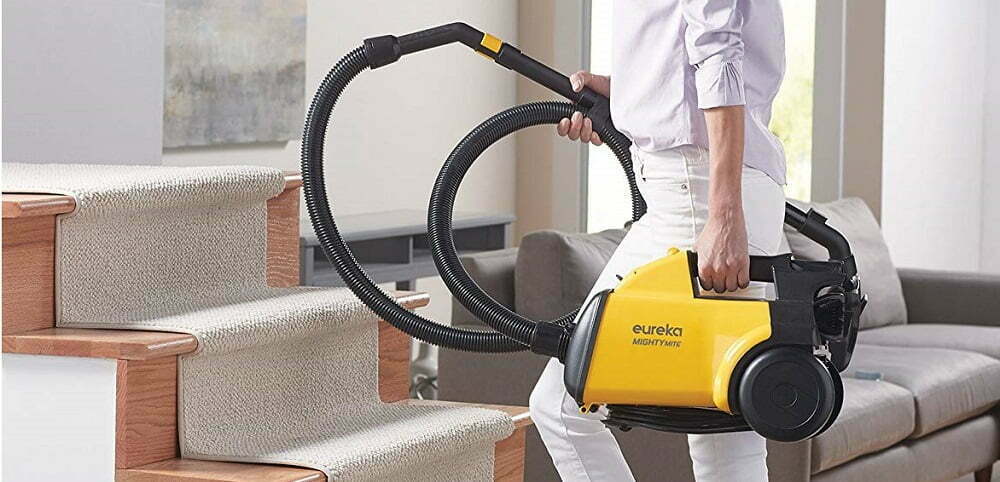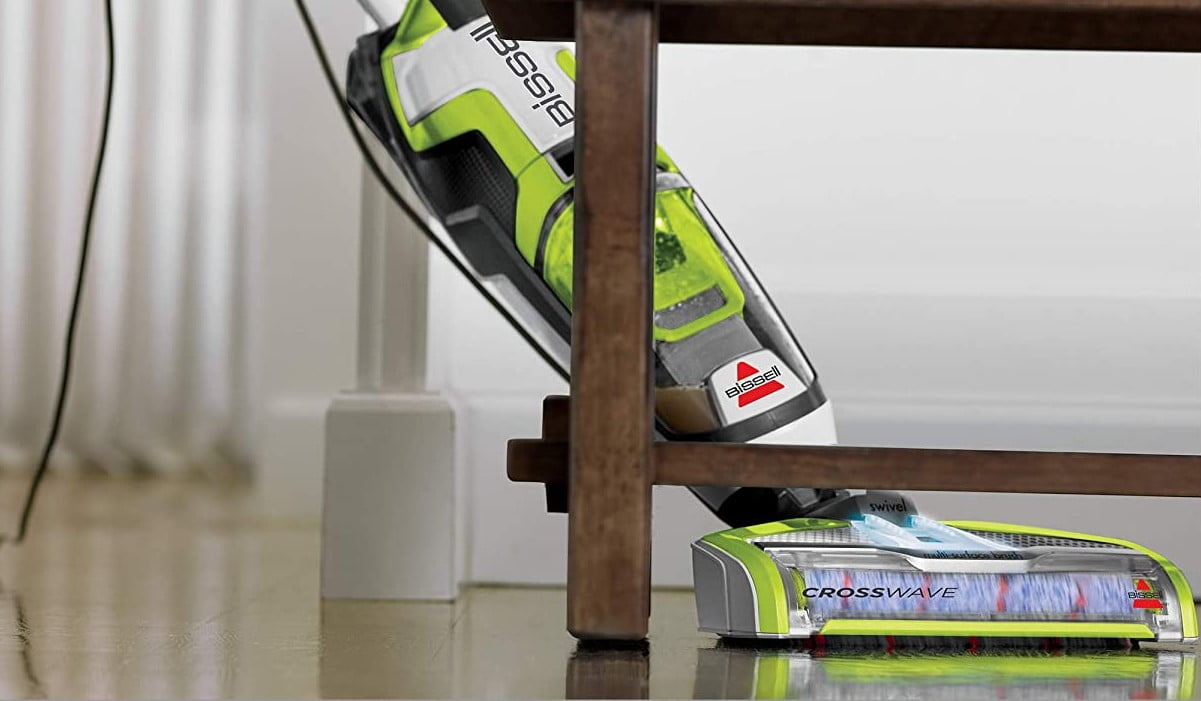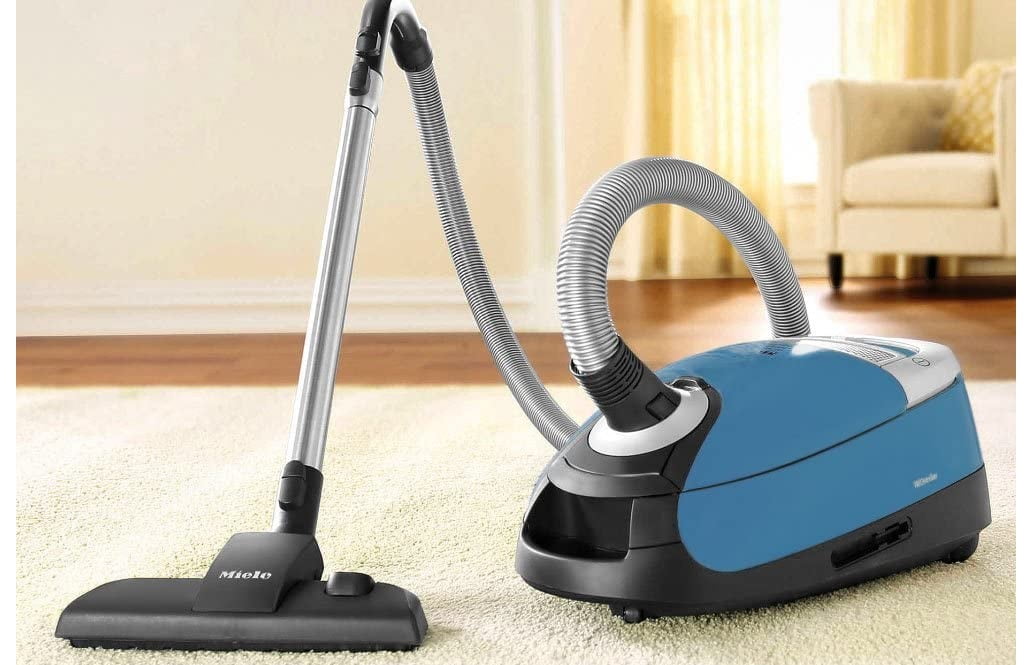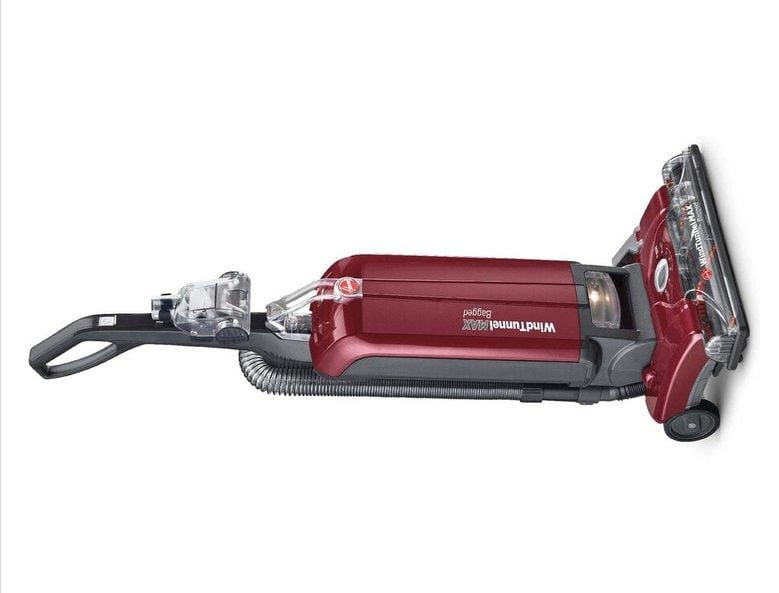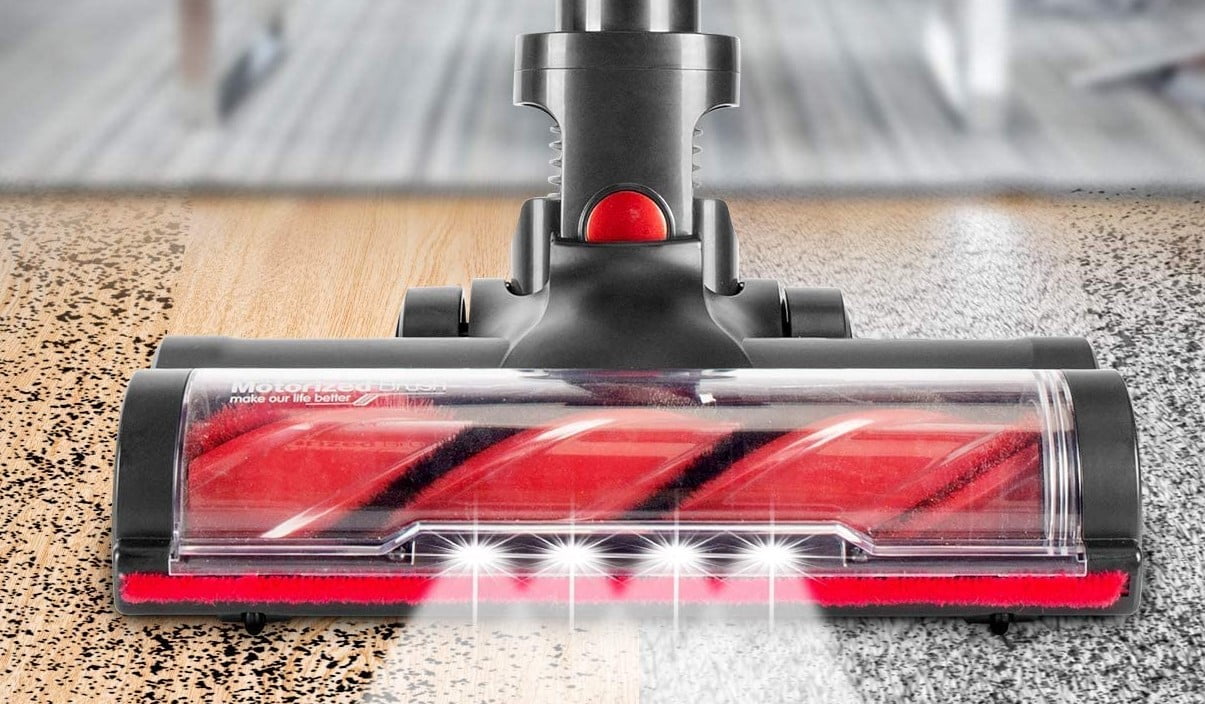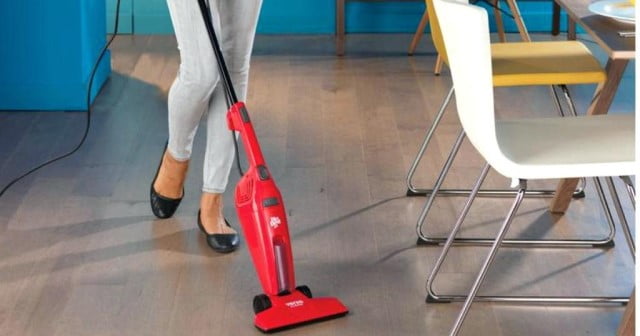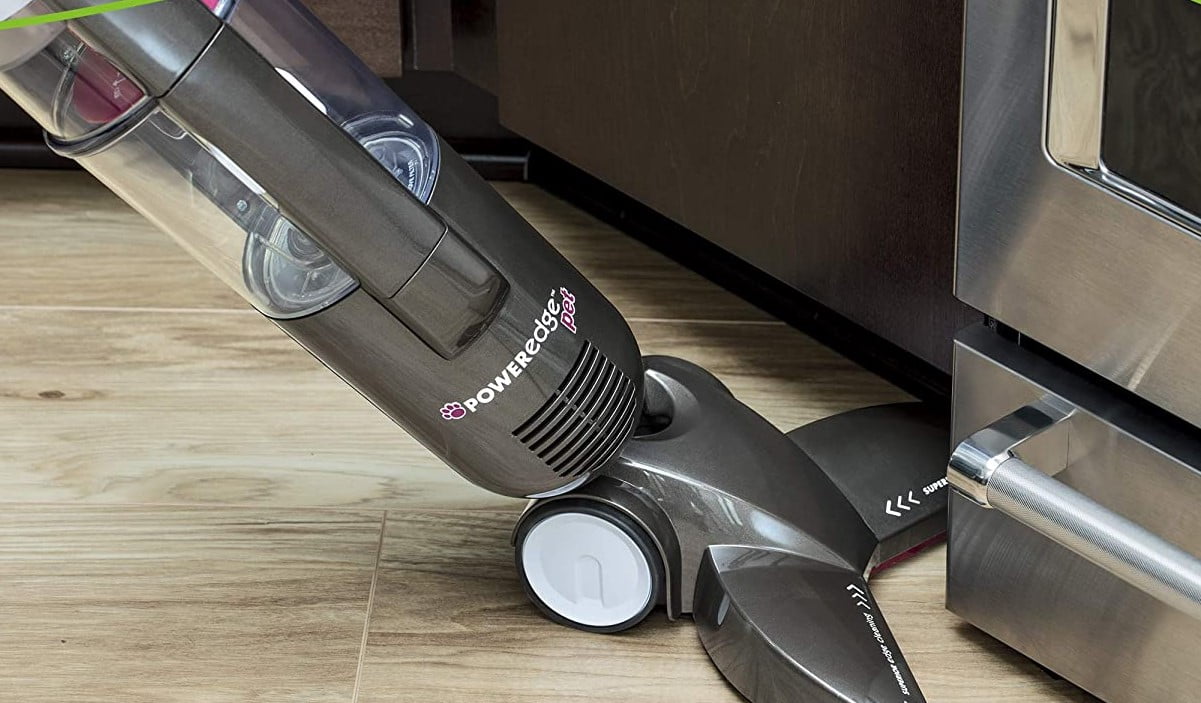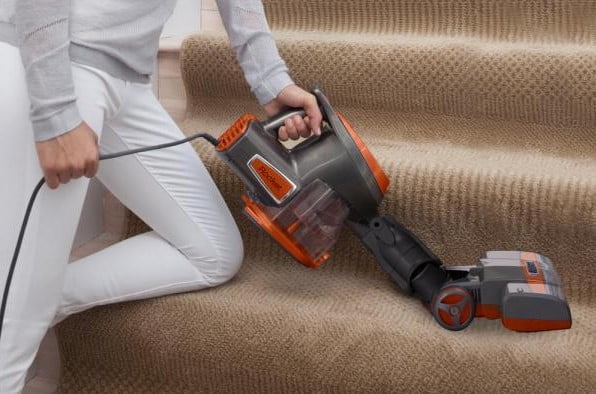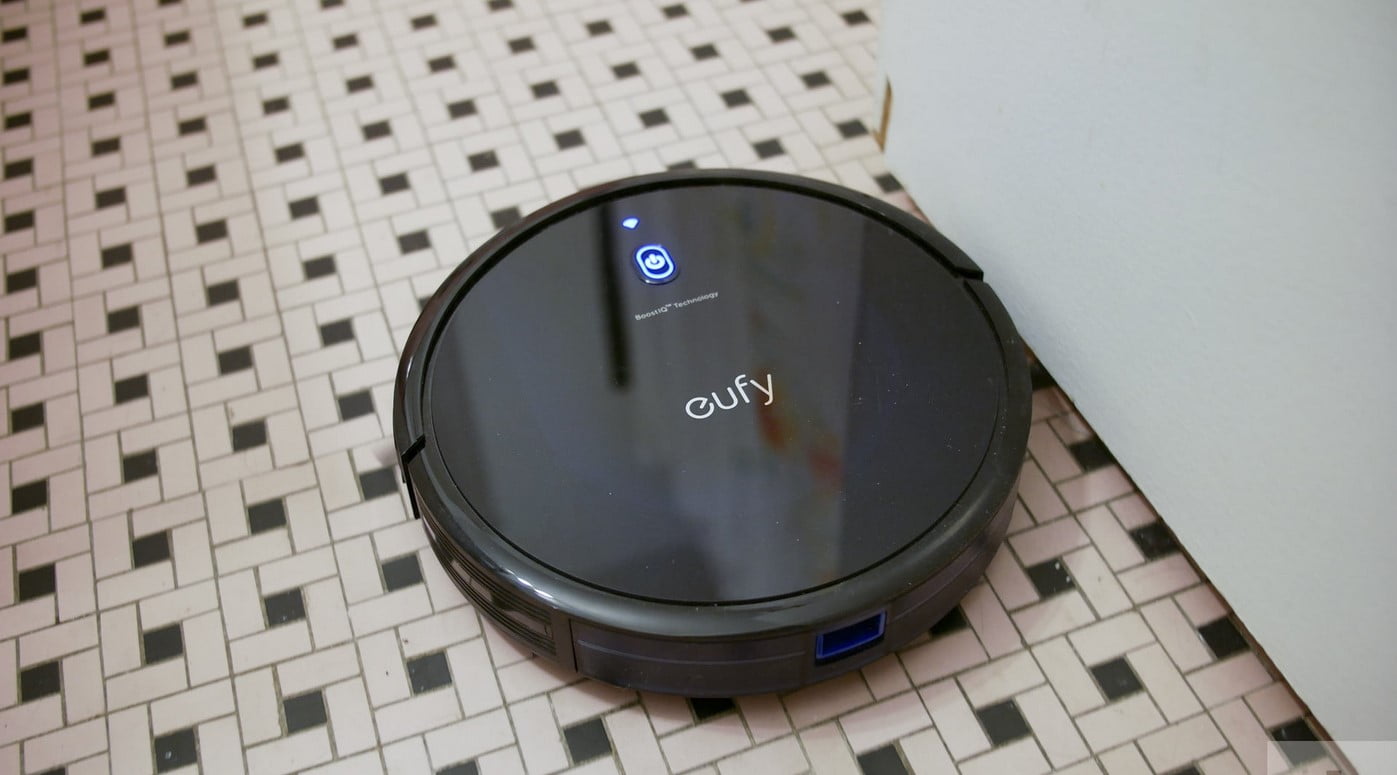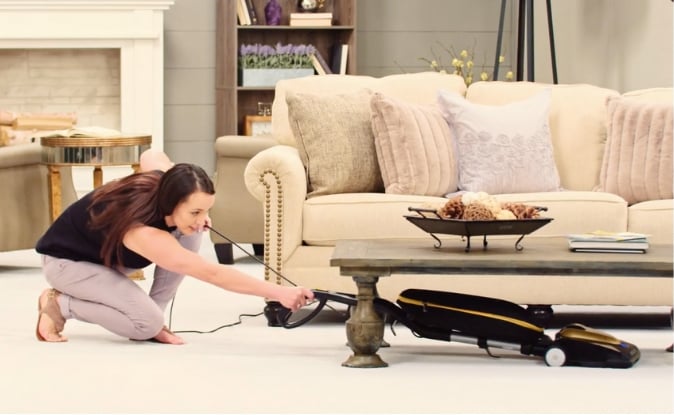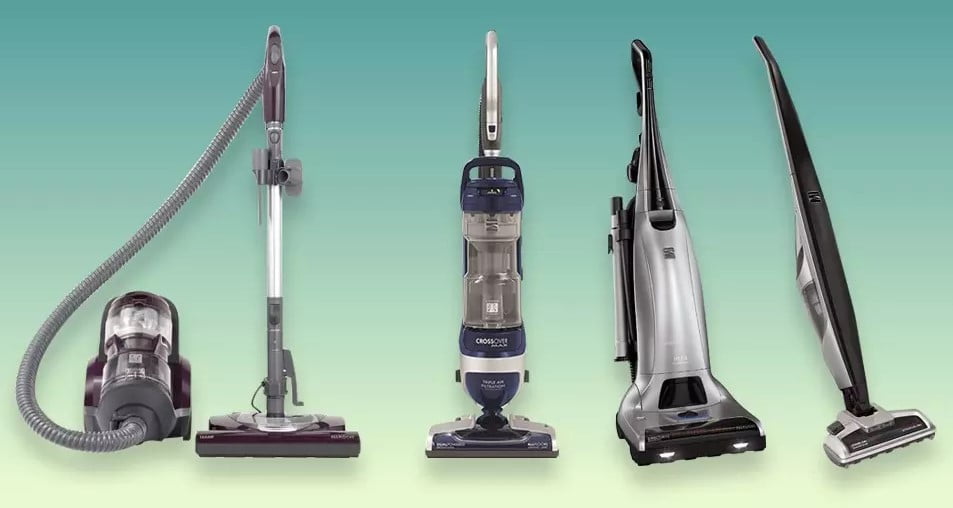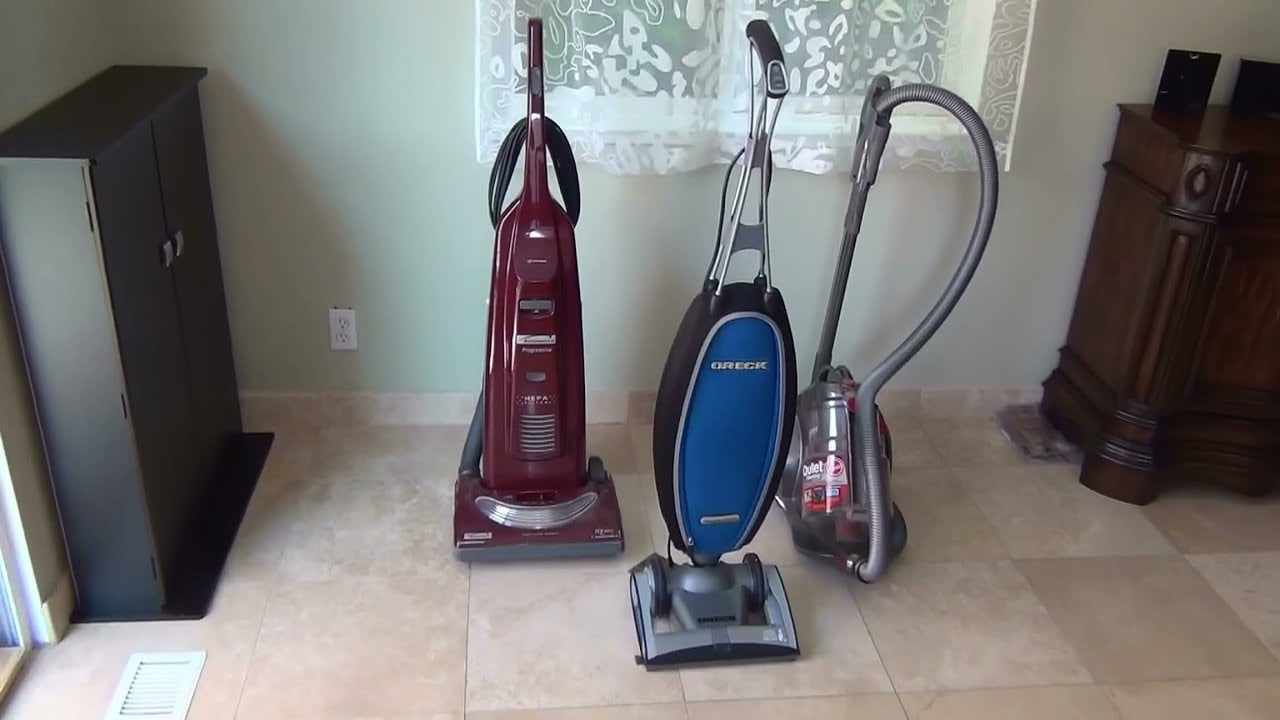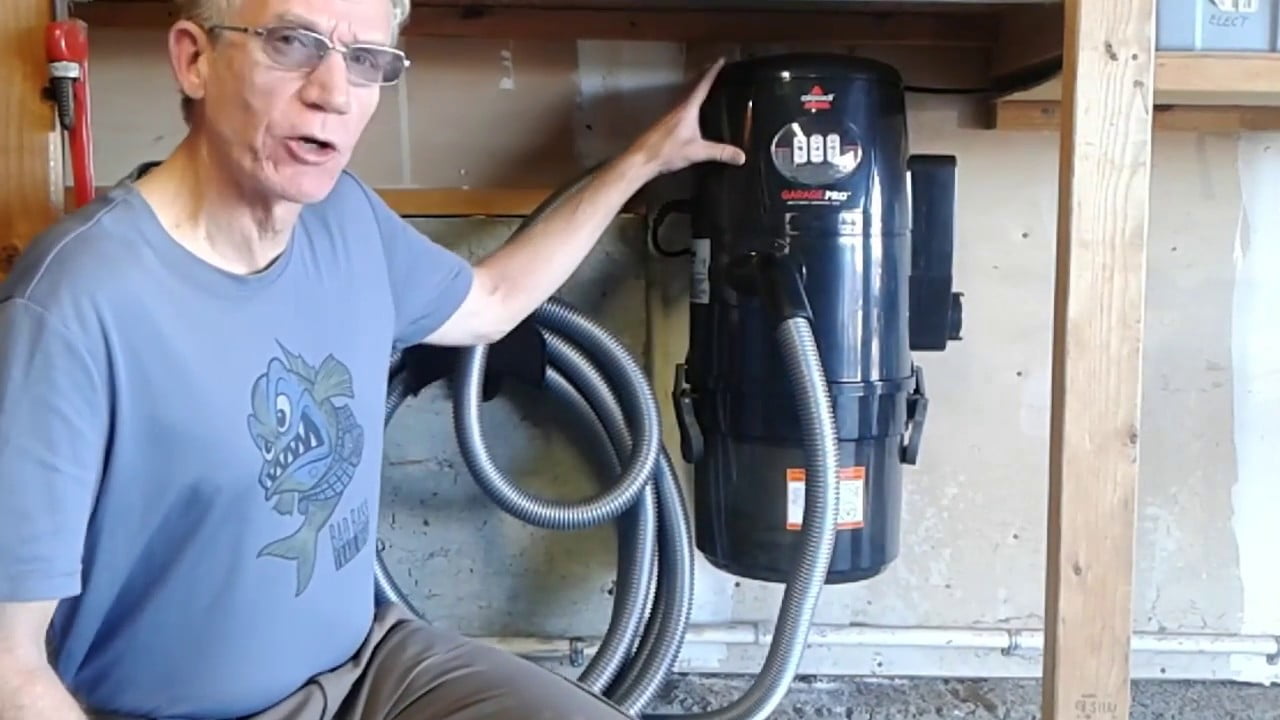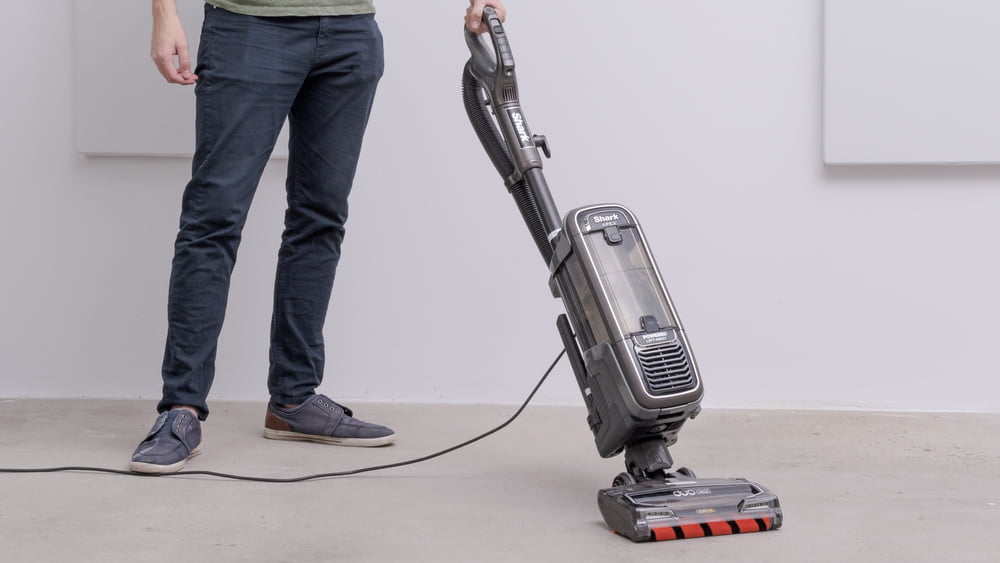If you’re shopping for the best vacuum cleaner, you’ve probably come across central vacuum models. Unlike portable vacuum cleaners, a central vacuum unit requires the installation of plastic pipes throughout your home. In addition, you need to install central vacuum inlets that attach to a portable, lightweight hose.
KEY TAKEAWAYS:
- A central vacuum is a built-in home vacuum system that relies on wall inlets throughout the home.
- Connect your vacuum hose to the wall outlet to turn on the vacuum.
- Make sure to regularly clean your bags and filters if you want the central vacuum to clean at its best.
As you may assume, the initial cost of the central vacuum installation is relatively high, but is it worth it? In addition, how does a leading central vacuum system work? For answers to these questions, keep reading.
How Does Central Vacuuming Work?
A central vacuum unit, or centralized vacuum, is built into the structure of a home, like an oven or built-in microwave. Unlike a conventional vacuum, you will not need to transport anything from room to room other than a central vacuum hose. In some cases, you will have a retractable hose or an electric hose outlet that acts as a wall plug for your central power unit.
Insider Tip
Even if you have a central vacuum system, you may want a lightweight upright vacuum for small jobs around the house. It’s no contest which is better concerning a central vacuum vs upright vacuum, but it never hurts to have a regular vacuum cleaner or even a robotic vacuum. Semi-traditional vacuum cleaners are often wireless and great for cleaning a few square feet.
The vacuum hose connects to the built-in central vacuum system through wall ports, typically located in every room of the house. These ports connect to the vacuum system pipe that leads to the central vacuum motor.
Additionally, if you’re wondering how the life of a central vacuum compares to standard household vacuums, read our guide on how long traditional vacuum cleaners last.
Central Vacuum Motor
A central vacuum system relies on a powerful external electric motor, usually in the garage or attic space. This motor powers the motorized suction unit within the central vacuum. Connected to a series of PVC pipes inside your home, the central vacuum unit should have about 3-5 times the suction power of even a high-end heavy vacuum. In addition, the central vacuum will have an automatic dustpan or an auxiliary filter to assist the primary cleaning filter on some units.
Wall Ports
For a centralized vacuum, you need a lot of wall ports. These ports connect to the central vacuum unit via wall tubing throughout the house. Experts recommend placing the wall outlet inside a closet wall or utility room if you can. Unfortunately, your concrete basement wall will not be able to have a wall outlet or wall tubing without serious home remodeling.
Frequently, the wall outlet works like a power switch for the central vacuum because the suction will start when your hose is plugged in, eliminating the need for an on-button. It will still be as loud as a standard vacuum, which is one reason why dogs are scared of vacuums.
Vacuum Hoses
Central vacuum hoses come in various lengths and sizes. In addition, you can purchase central vacuum attachments like electric brushes, standard brushes, and air-driven brushes. Finally, you may have a retractable hose with an extra motorized suction unit or brush powerhead, depending on your unit. Usually, you can purchase motor brushes or hidden tubing from a central vacuum retailer.
Air Filters and Cleaning
You will usually find airtight filters connected to the main unit. The cleaning filter traps dust and dirt, and professionals can install various air filters throughout your wall units. In addition, you have the option between bagless and bagged central vacuum systems. Bagged systems will require more frequent maintenance.
Warning
Just like an electric outlet, never place a metal object into your central vacuum wall inlet. Often, a central vacuum’s electric motors will kick on when you plug in the hose. This means there’s an electrical current in the wall ports, and you could get shocked.
F.A.Q.S
Are there central vacuum attachments and tools available?
Just like traditional vacuums, there are numerous central vacuum accessories. You can buy an additional collection container or multiple cyclonic units for extra power with a central unit. You can even find caddies for tool storage at specialty central vacuum stores.
How much does a central vacuum system cost?
The average cost of a central vacuum unit is about $1,500. That said, if you want the best indoor air quality, you should invest in the best unit you can afford.
Does a central vacuum system need to be vented outside?
Bagless central vacuum systems need vacuum tubing to lead outside the home. If not, the cyclonic systems of the central unit will return untold amounts of dust and allergens into living spaces.
Where and when did central vacuum systems become popular?
First gaining popularity in the 1920s, early central vacuum units were only an option for the super-wealthy. By the 1950s, central units became more affordable to middle-class families. As homes and commercial buildings got bigger, the centralized vacuum became more desirable in the 1990s for allergen filtration and increased air quality.
STAT: Studies from U.C. Davis Medical School have shown that using a central vacuum system instead of a portable vacuum can reduce specific allergy symptoms by up to 60%. (source)

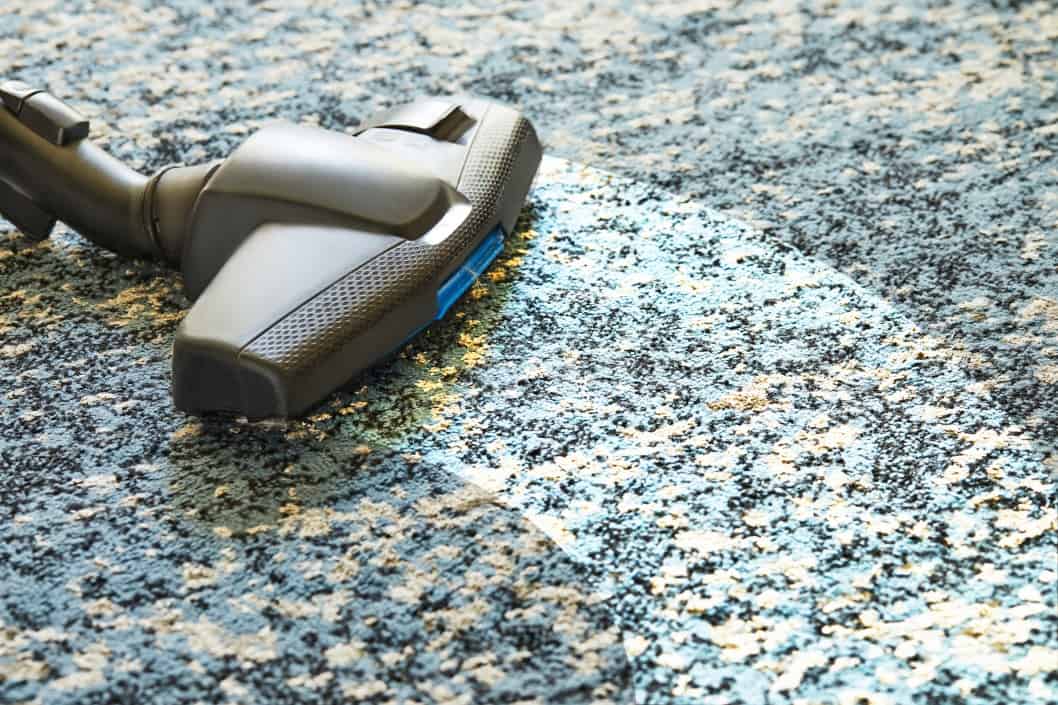













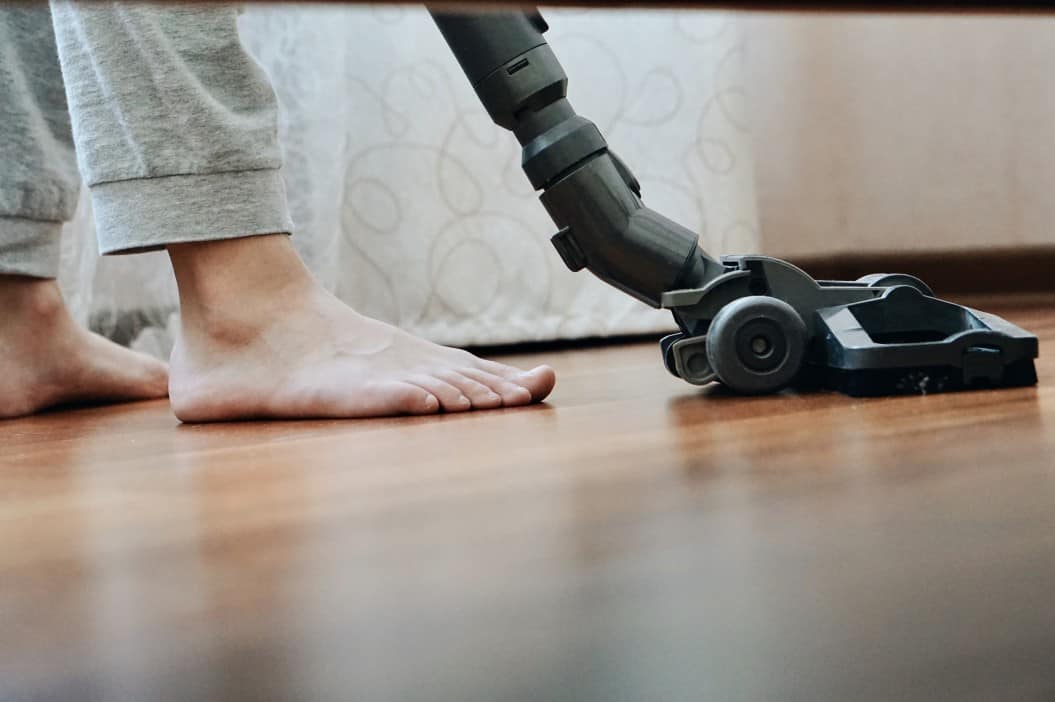
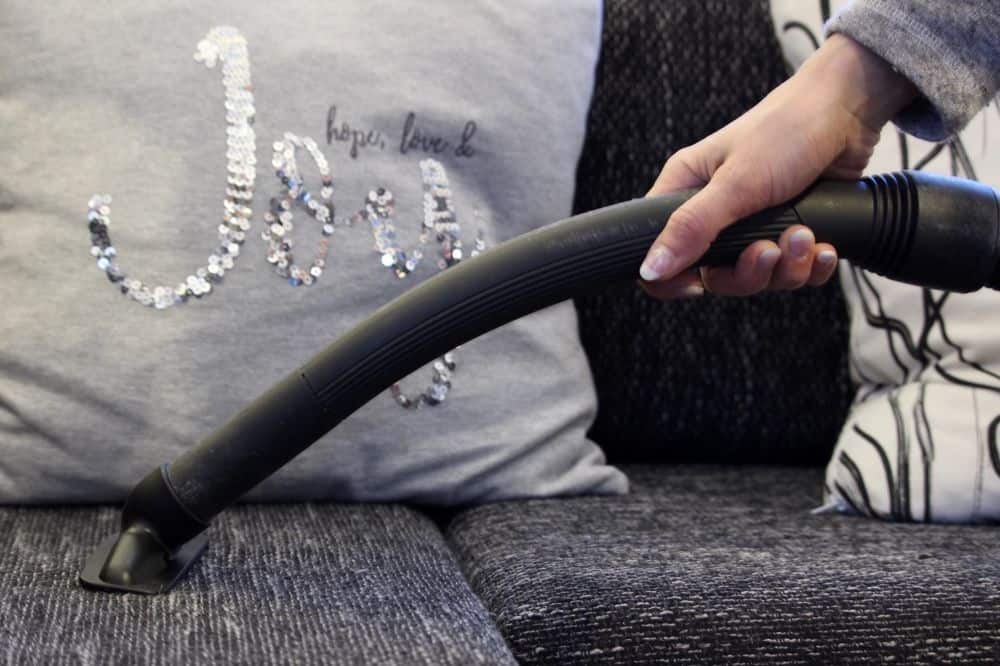
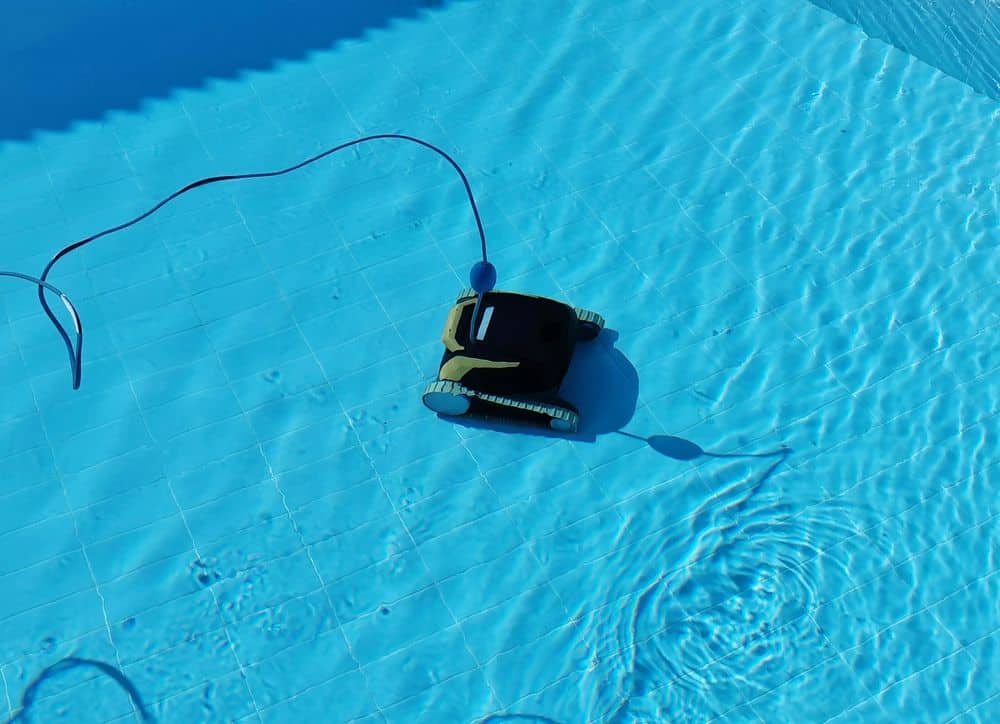
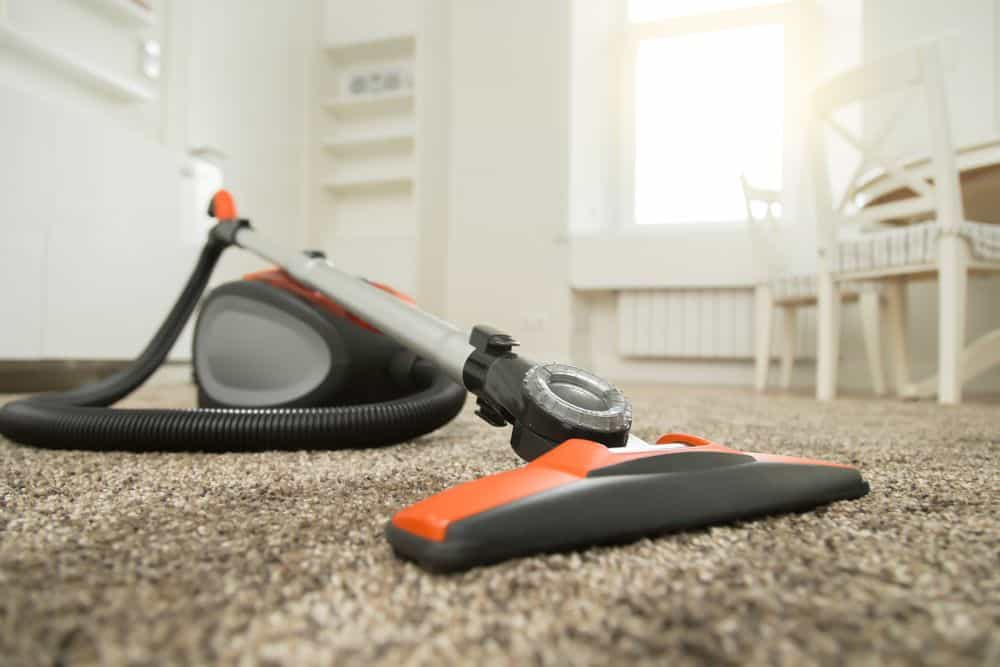
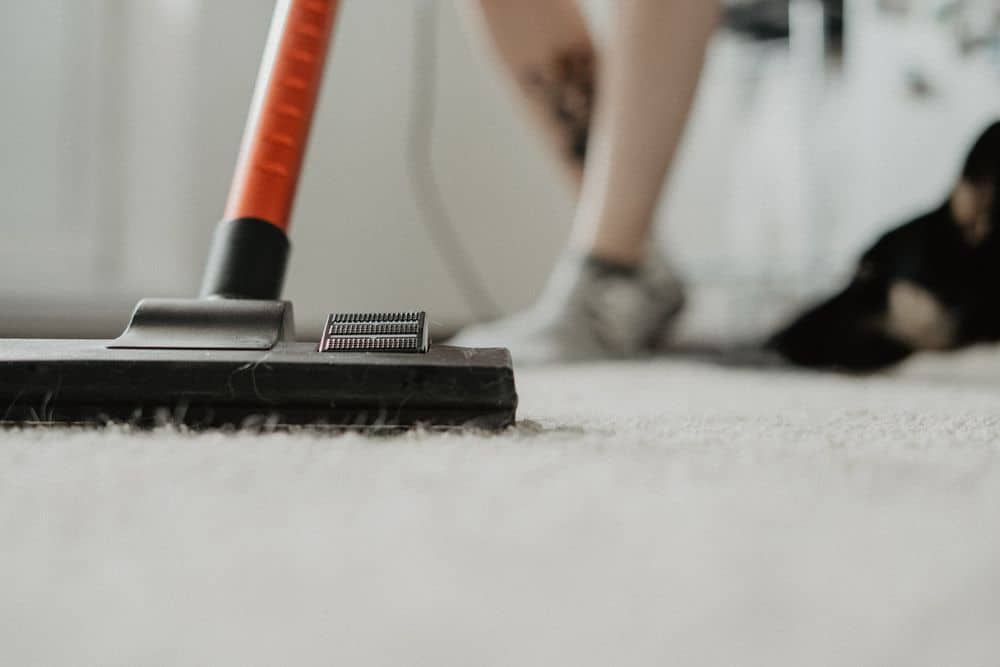
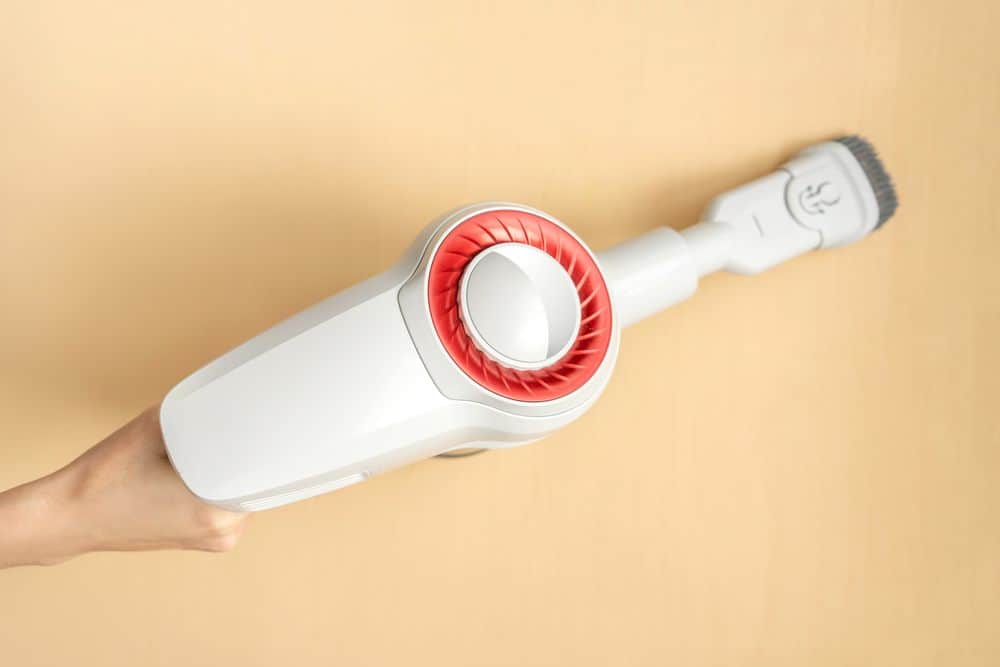
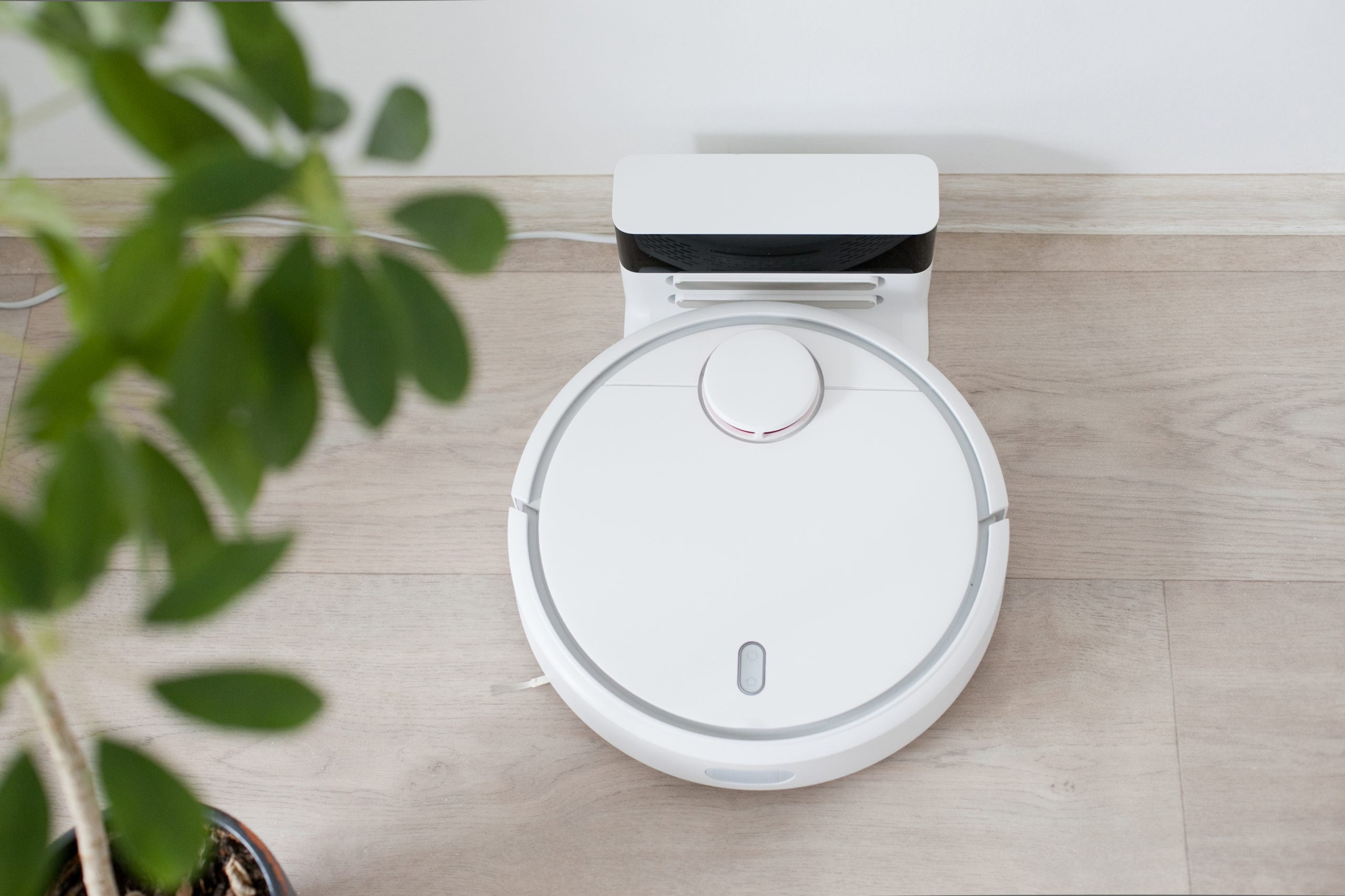

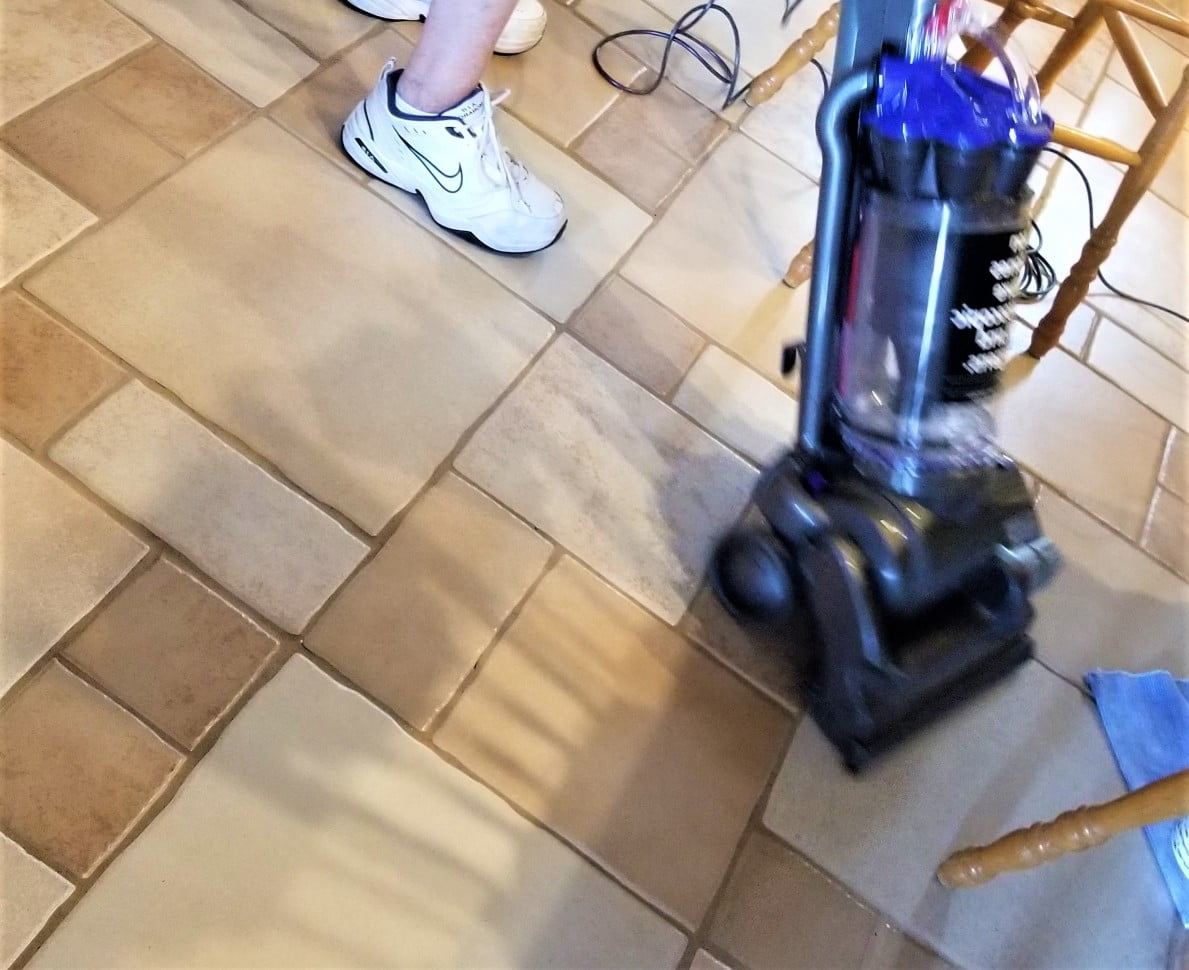
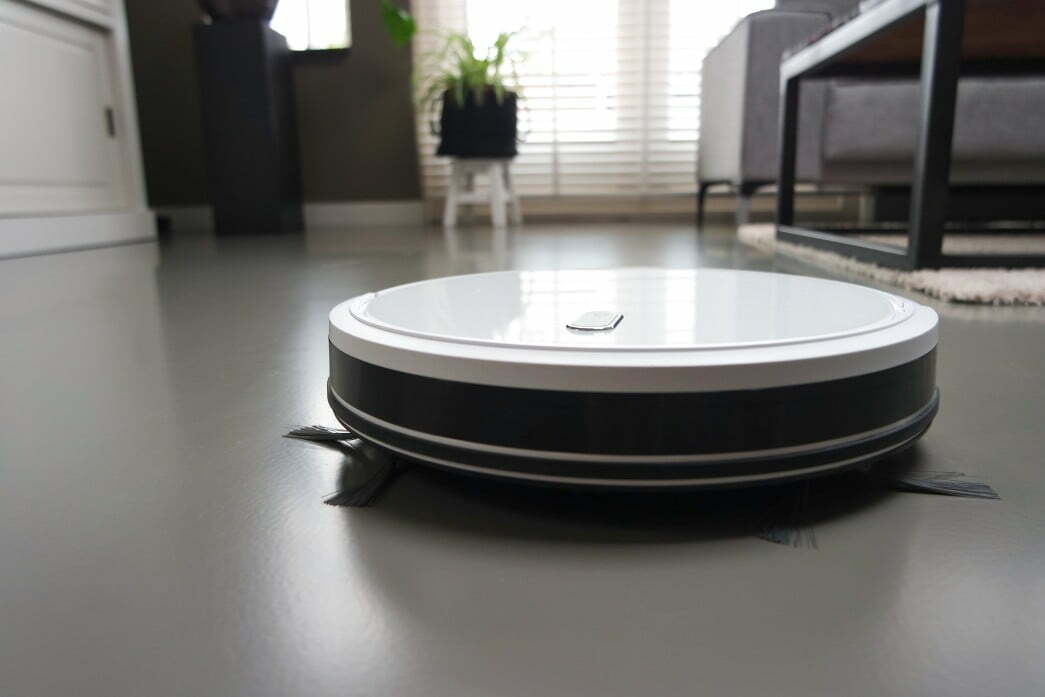
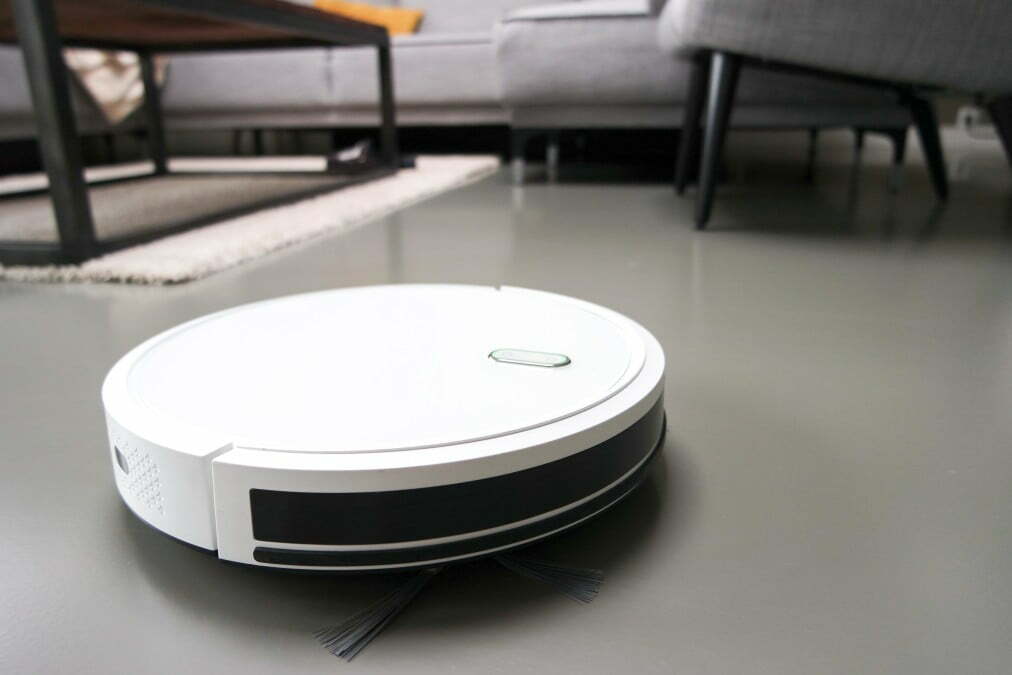
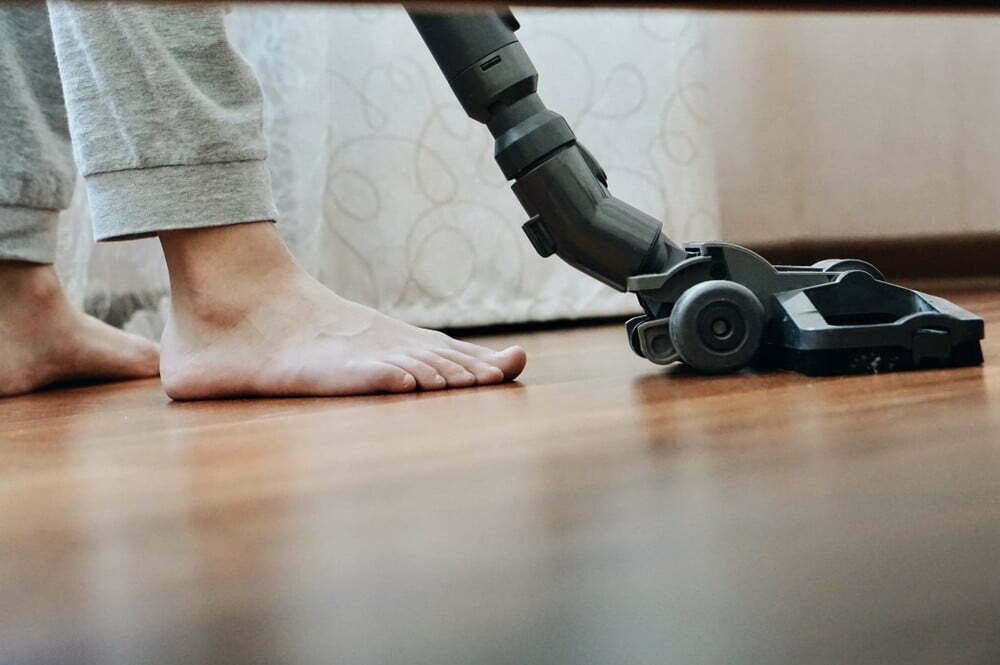
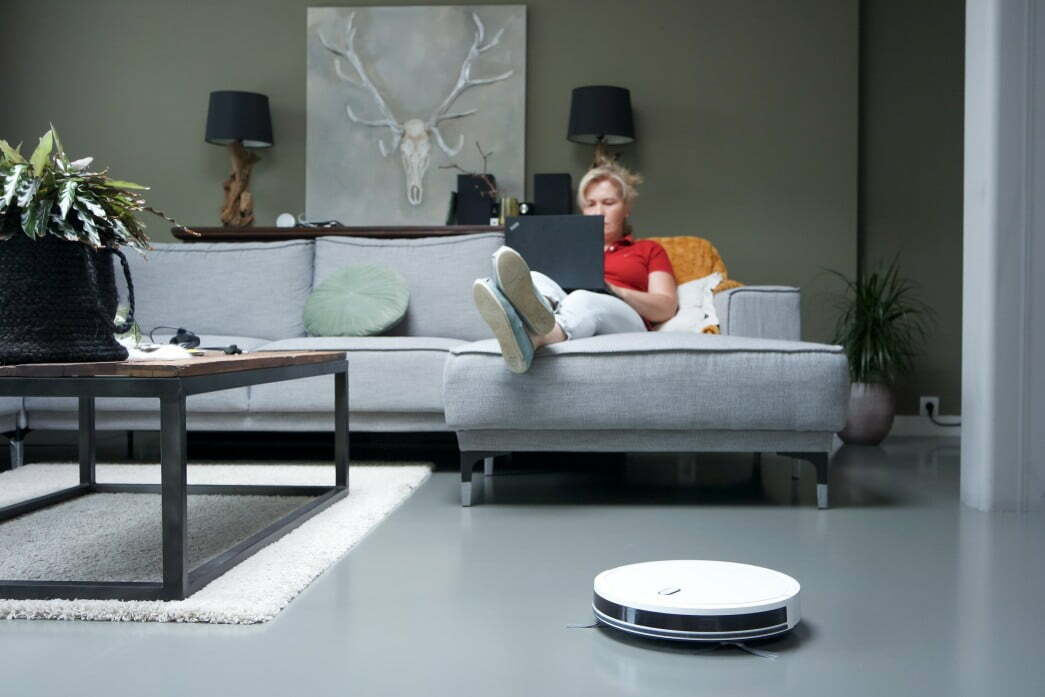
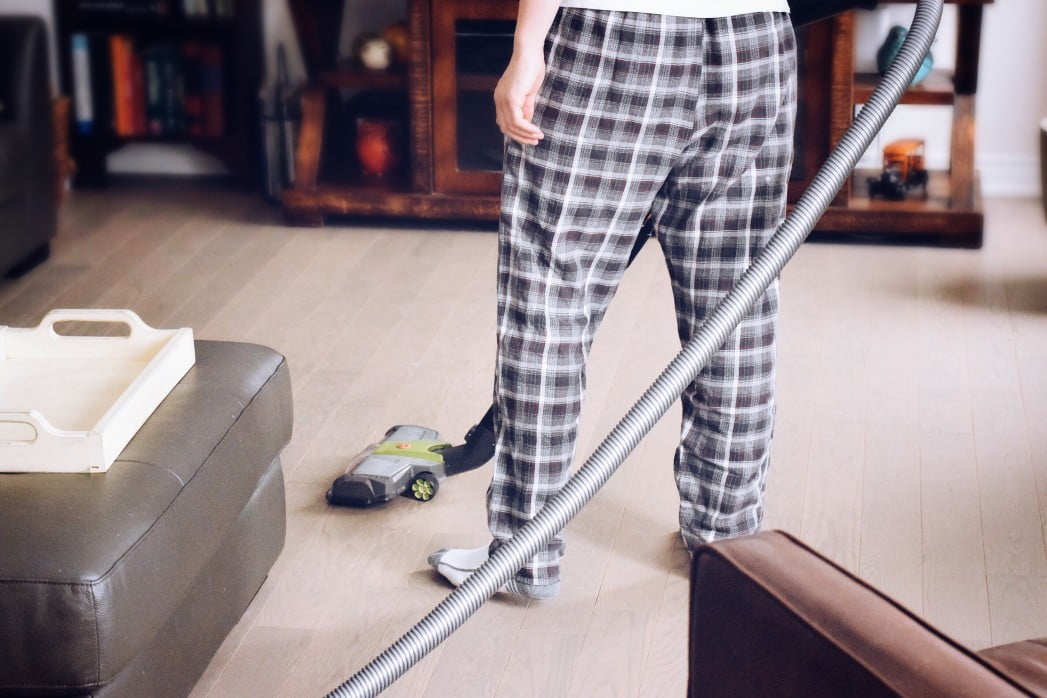
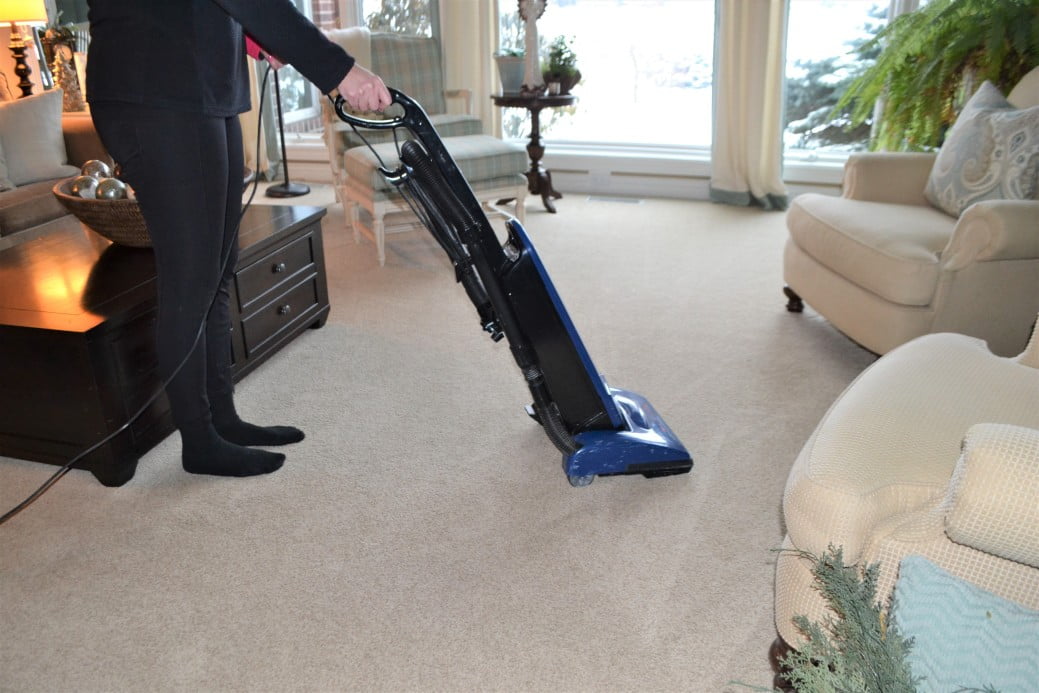
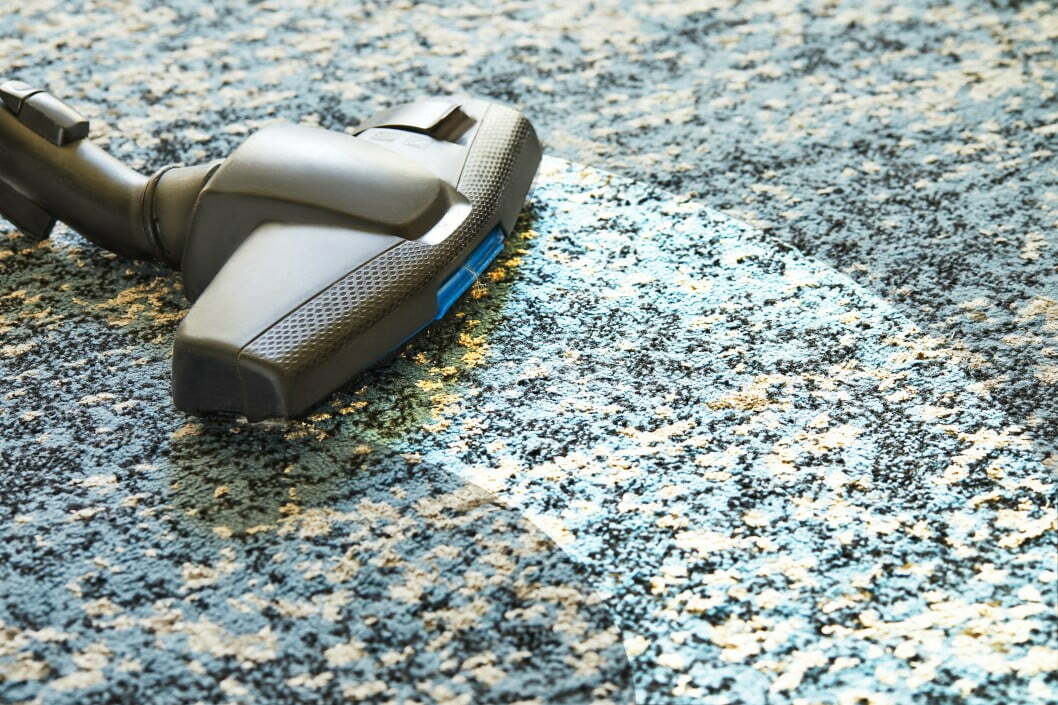
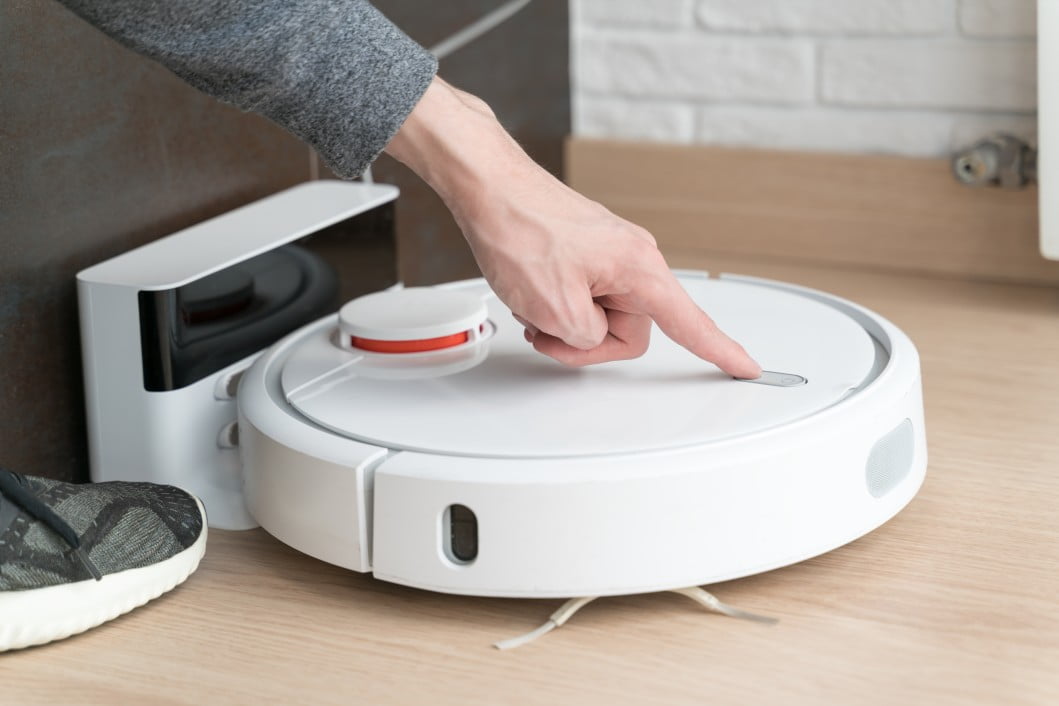
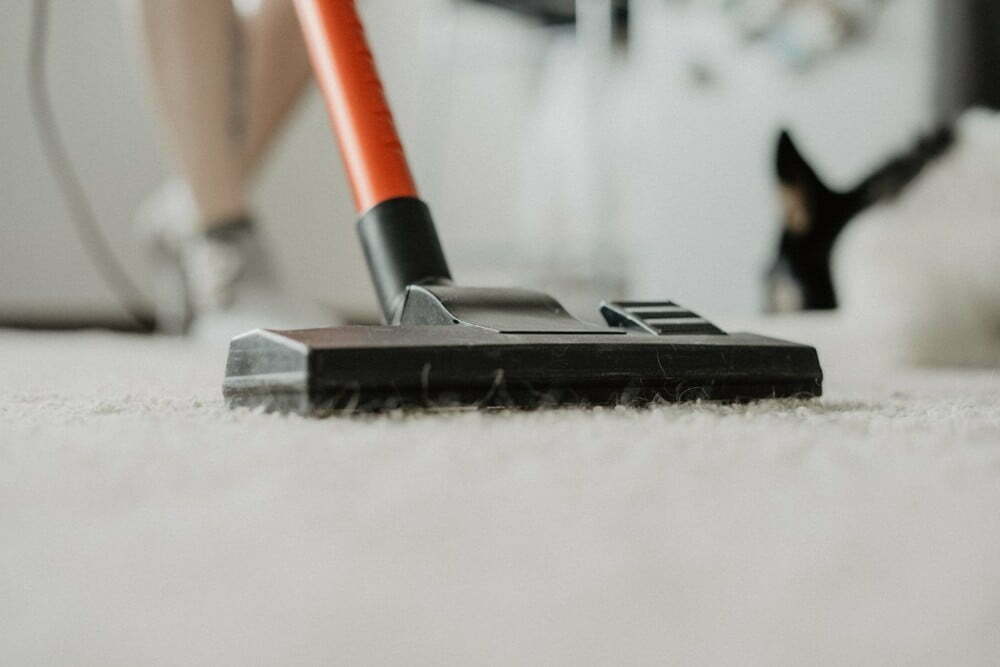
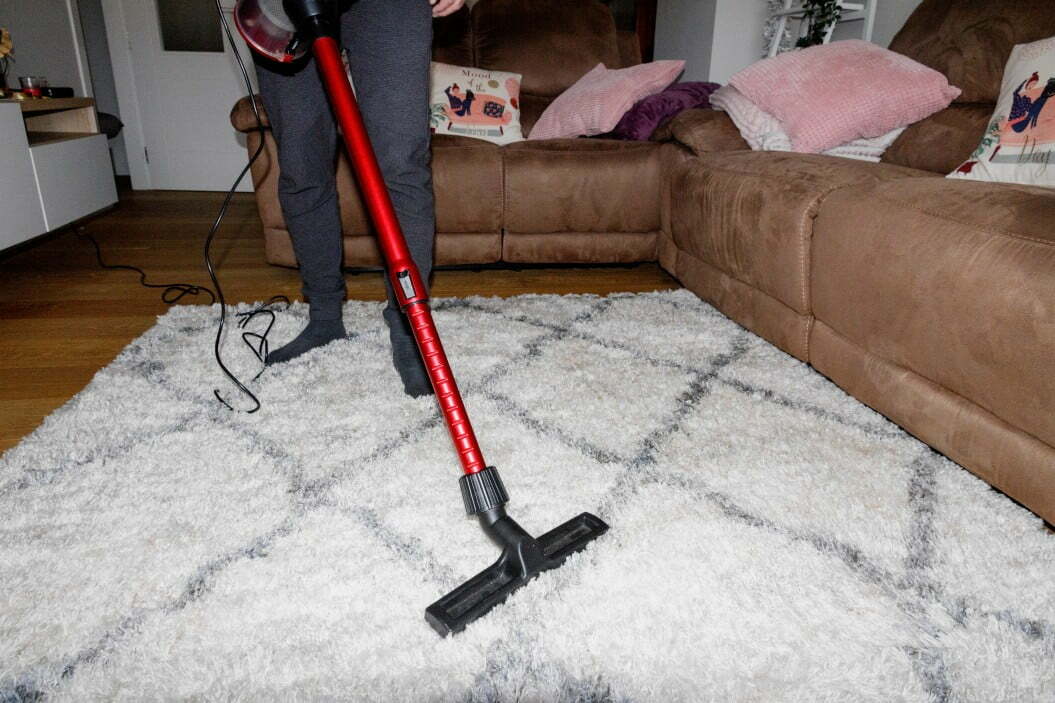
![Best Bissell Vacuum in [year] 27 Best Bissell Vacuum in 2026](https://www.gadgetreview.dev/wp-content/uploads/best-bissel-vacuum-image.jpg)
![Best Miele Vacuums in [year] 28 Best Miele Vacuums in 2026](https://www.gadgetreview.dev/wp-content/uploads/best-miele-vacuum-image.jpg)
![Best iRobot Vacuums in [year] 29 Best iRobot Vacuums in 2026](https://www.gadgetreview.dev/wp-content/uploads/best-irobot-vacuum-image.jpg)
![Best Vacuum with Retractable Cord in [year] 30 Best Vacuum with Retractable Cord in 2026](https://www.gadgetreview.dev/wp-content/uploads/best-vacuum-with-retractable-cord-image.jpg)
![Best Insurance for Home Appliances in [year] 31 Best Insurance for Home Appliances in 2026](https://www.gadgetreview.dev/wp-content/uploads/best-insurance-for-home-appliances.jpg)
![Best Insurance for Homeowners in [year] 32 Best Insurance for Homeowners in 2026](https://www.gadgetreview.dev/wp-content/uploads/best-insurance-for-homeowners.jpg)
![Best Self Propelled Vacuums in [year] 33 Best Self Propelled Vacuums in 2026](https://www.gadgetreview.dev/wp-content/uploads/best-self-propelled-vacuum-image.jpg)
![Best Commercial Leaf Vacuums in [year] 34 Best Commercial Leaf Vacuums in 2026](https://www.gadgetreview.dev/wp-content/uploads/best-commercial-leaf-vacuum-image.jpg)
![Best Vacuums for Cat Litter in [year] 35 Best Vacuums for Cat Litter in 2026](https://www.gadgetreview.dev/wp-content/uploads/best-vacuum-for-cat-litter-image.jpg)
![Best Robot Vacuums for Long Hair in [year] 36 Best Robot Vacuums for Long Hair in 2026](https://www.gadgetreview.dev/wp-content/uploads/best-robot-vacuum-for-long-hair-image.jpg)
![Best Dyson Vacuum in [year] ([month] Reviews) 37 Best Dyson Vacuum in 2026 (January Reviews)](https://www.gadgetreview.dev/wp-content/uploads/Dyson-DC65-e1479509572460.jpg)
![Best Dorm Vacuums in [year] 38 Best Dorm Vacuums in 2026](https://www.gadgetreview.dev/wp-content/uploads/best-dorm-vacuum-image.jpg)
![Best Vacuums for Fleas in [year] 39 Best Vacuums for Fleas in 2026](https://www.gadgetreview.dev/wp-content/uploads/best-vacuum-for-fleas-imagre.jpg)
![Best Robot Vacuum for Thick Carpet in [year] 40 Best Robot Vacuum for Thick Carpet in 2026](https://www.gadgetreview.dev/wp-content/uploads/roomba.jpg)
![Best RV Vacuums in [year] 41 Best RV Vacuums in 2026](https://www.gadgetreview.dev/wp-content/uploads/best-rv-vacuum-image.jpg)
![Best Vacuums for Apartment in [year] 42 Best Vacuums for Apartment in 2026](https://www.gadgetreview.dev/wp-content/uploads/best-vacuum-for-apartment-image.jpg)
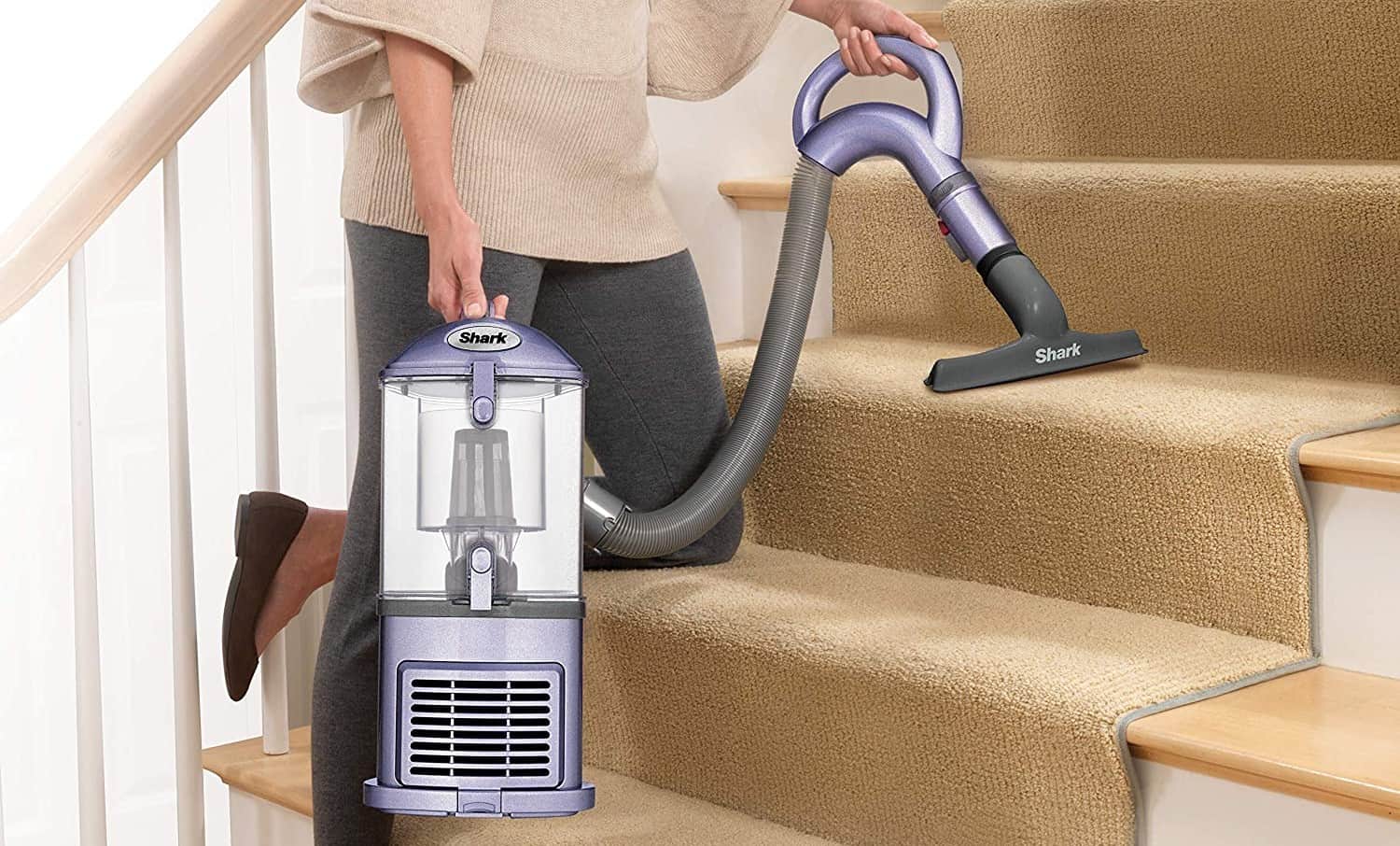
![Best HEPA Vacuums in [year] 44 Best HEPA Vacuums in 2026](https://www.gadgetreview.dev/wp-content/uploads/best-hepa-vacuum-image.jpg)
![Best Water Filtration Vacuums in [year] 45 Best Water Filtration Vacuums in 2026](https://www.gadgetreview.dev/wp-content/uploads/best-water-filtration-vacuum-image.jpg)
![Best Vacuums for Dust Mites in [year] 46 Best Vacuums for Dust Mites in 2026](https://www.gadgetreview.dev/wp-content/uploads/best-vacuum-for-dust-mites-image.jpg)
